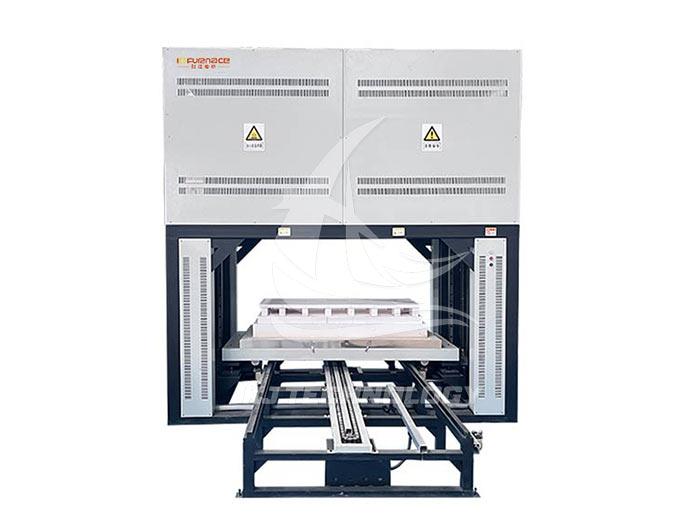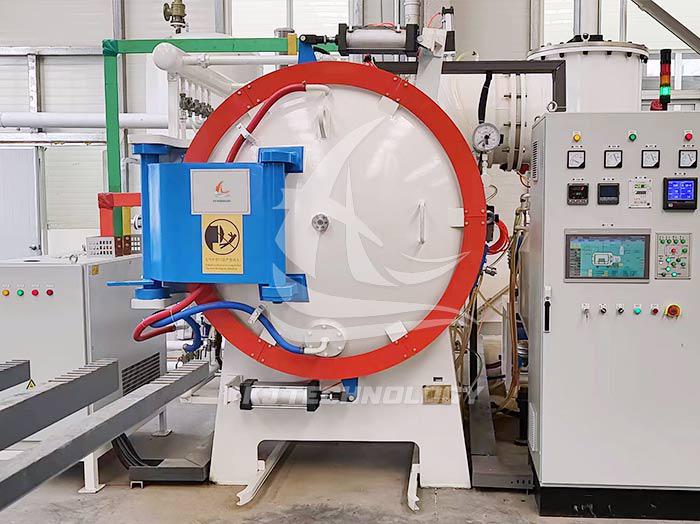What are the temperature ranges of high vacuum muffle furnaces?
 06-10-2025 Author: KJ technology
06-10-2025 Author: KJ technology
There are various temperature ranges for high vacuum muffle furnaces, which are usually determined based on specific application requirements and material properties. The following are common temperature ranges and corresponding application areas:
1. Common temperature range
Low temperature range (<1000 ℃)
Temperature range: generally refers to muffle furnaces with a maximum temperature below 1000 ℃.
Application: Suitable for material processing with low temperature requirements, such as pyrolysis of certain organic materials, melting of low melting point metals, etc. However, in the field of high vacuum muffle furnaces, this temperature range is less commonly used because high vacuum environments are typically used for high-temperature processing to avoid oxidation and other reactions.
Medium temperature range (1000 ℃ -1400 ℃)
Temperature range: The highest temperature is between 1000 ℃ and 1400 ℃.
Application: Widely used in ceramic sintering, metal heat treatment, material synthesis, etc. For example, the sintering temperature of certain ceramic materials may be within this range, and a high vacuum environment can prevent ceramic materials from oxidizing at high temperatures.
High temperature range (1400 ℃ -1700 ℃)
Temperature range: The highest temperature is between 1400 ℃ and 1700 ℃.
Application: Suitable for the preparation of high-temperature ceramics, superhard materials, special alloys, etc. These materials usually need to be sintered or melted at high temperatures, and a high vacuum environment can ensure the purity and performance of the materials.
Ultra high temperature range (>1700 ℃)
Temperature range: The highest temperature exceeds 1700 ℃, and can even reach over 2000 ℃.
Application: Mainly used for the preparation and research of refractory materials such as high-temperature alloys, carbides, nitrides, etc. These materials exhibit excellent performance at high temperatures, but the preparation process requires extremely high temperatures and strict atmosphere control.
2. Selection criteria for temperature range
Material properties: Different materials have different melting points, sintering temperatures, and other characteristics, and it is necessary to select the appropriate temperature range based on the material's properties.
Processing technology: Different processing technologies have different temperature requirements, such as annealing, quenching, sintering, etc., which require different temperatures and times.
Equipment cost: Generally speaking, the higher the temperature range of the muffle furnace, the higher the equipment cost. Therefore, it is necessary to choose cost-effective equipment as much as possible while meeting the processing requirements.








